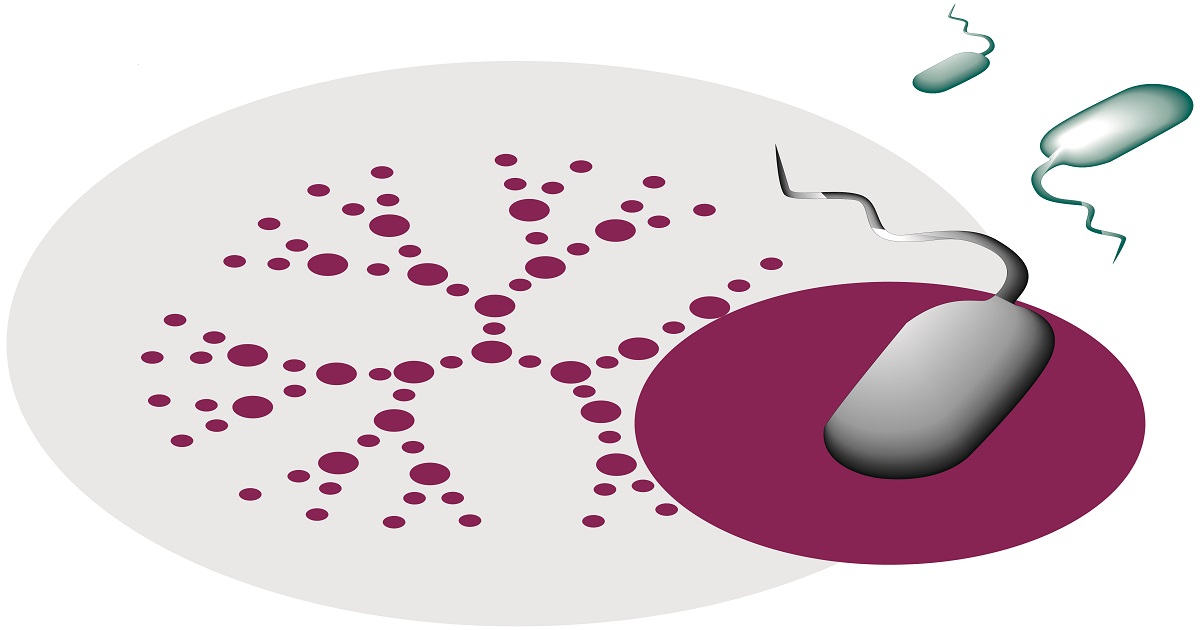Antimicrobial Agents and Nanomaterials
Topic Information
Dear Colleagues,
Antimicrobial resistance (AMR) has come to represent a major problem that is attested across healthcare settings worldwide. AMR is caused by multidrug-resistant (MDR) microorganisms, or “superbugs”, which can evade many of the antibiotics used in clinical practice. Today, MDR microorganisms constitute a great clinical and economic burden. In fact, the current methods of clinical treatment have started to rely on more aggressive antibiotic therapy, leading to a decrease in the life quality of the infected patients and an increase in the associated therapeutic costs. Due to the failure of conventional antibiotics, we are now entering a new era of clinical treatment based on compounds. This is reflected, for example, in the development of antibacterial nanomaterials or nanoantibiotics. This Topic collection aims to identify novel strategies that may be used to overcome AMR, with a particular focus on the development of medical nanomaterials. Topics of interest include, but are not limited to, the following:
- Antimicrobial polymers;
- Antimicrobial peptides and peptidomimetics;
- Synergic effects of antimicrobial agents;
- Antimicrobial coatings;
- Inhibitors of virulence factors;
- Drug nanodelivery systems;
We welcome the contributions of authors working in this critical field of research.
Dr. Sandra Pinto
Prof. Dr. Vasco D. B. Bonifácio
Topic Editors
Keywords
- multidrug resistant bacteria (MDR)
- resistance mechanisms
- antibiotics
- novel antimicrobial agents
- drug susceptibility
